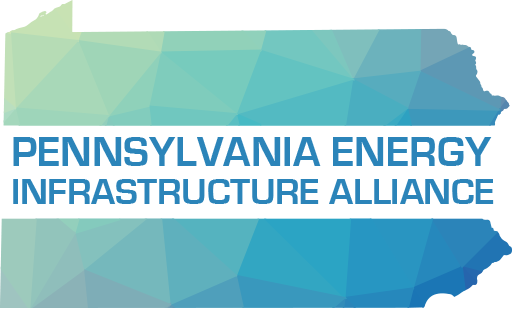Complications like prolonged shutdowns and unnecessary delays in pipeline construction don’t only hurt investment, but also have tangible implications on the availability of the energy required to fuel our homes and lives. Perhaps nowhere is this problem more pressing at the moment than in the Northeast of the United States.
Coming out of an especially brutal winter, availability of propane is in the front of many people’s minds. Unfortunately, pipeline capacity issues pose real challenges in ensuring readily available natural resources. Compounding this issue is the recent shutdown of the Mariner East 1 pipeline and the delay in the Mariner East 2 pipeline, causing a tight market to become even more constrained.
As stated in a recent LPGas article: “The geology in Pennsylvania and West Virginia does not allow for significant amounts of large underground storage, leaving limited room for emergency storage if problems with takeaway arise.”
Ensuring that Americans have access to the natural resources they need means investing in our infrastructure. In order to prevent capacity issues from escalating, we need to get existing pipelines like Mariner East 1 back up and running and guarantee that we can transport the natural resources that the region requires through bolstering existing pipelines and investing in new ones.
